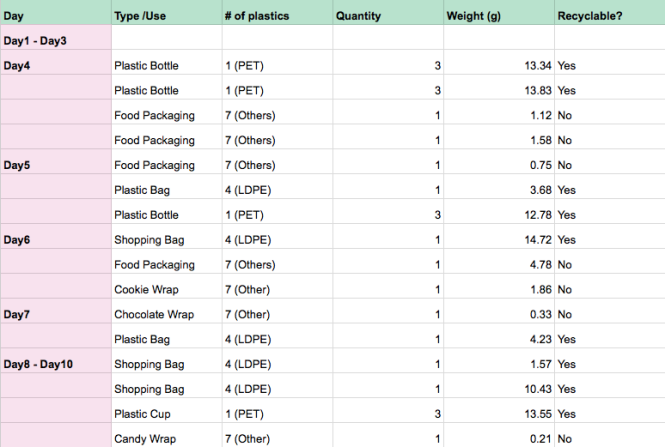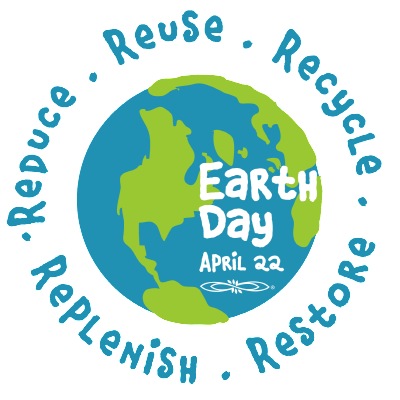Intrinsic value of the environment
Economic value can be determined from the market price of the goods and services a resource produces.
Ecological values have no formal market price: soil erosion control, nitrogen fixation and photosynthesis are all essential for human existence but have no direct monetary value.
Aesthetic value have no market price. (e.g. the appreciation of landscape for its visual attraction)
Intrinsic value value in their own right, irrespective of economic value.
The evaluation of natural capital therefore requirers many diverse perspectives that lie outside the remit of conventional economics.
Use Value
Direct use values are ecosystem goods and service that are directly used by humans, most often by people visiting or residing in the ecosystem.
Consumptive use includes harvesting food products, timber for fuel or housing, medicinal products and hunting animals for food and clothing.
Non-consumptive use includes recreational and cultural activities that do not require harvesting of products.
Indirect use values are derived from ecosystem services that provide benefits outside the ecosystem itself (e.g. natural water filtration which may benefit people downstream)
Optional values are derives from potential future use of ecosystem goods and services not currently used – either by yourself (option value) or your future offspring (bequest value).
Non-use values include aesthetic (beautiful) and intrinsic (real) values, and sometime called existence values.
Other ways of measuring the value of a resources include calculating or estimating:
- the cost of replacing it with something else
- the cost of mitigating (ช่วยลด) its loss
- the cost of averting (ป้องกัน) the cost of its degradation (การทำให้เสื่อมเสีย)
- its contribution (ช่วยเหลือ / สนับสนุน) to other income or production
- how much people are prepared to pay for it

Natural resources can have recreational value, as holiday destination and places for people to relax. A place that are attractive to tourists, and can provide an alternative income that is sustainable and doesn’t deplete the source of natural capital.
Sustainability
It means using global resources at a rate that allows natural regeneration and minimises damage to the environment.

Sustainability can be encouraged though careful application of:
- ecological land-use to maintain habitat quality and connectivity for all species
- sustainable material cycles (e.g. carbon, nitrogen and water cycles) to prevent the contamination (การปนเปื้อน) of living systems.
- social systems that contribute to a culture of sufficiency that eases the consumption pressures on natural capital.
Humans can be driven to use resources beyond sustainable limits through:
- over-population (unrealistic demand for limited resources)
- financial motives (exploitation (การใช้หาประโยชน์อย่างไม่ถูกต้อง) of resources for short-term financial gain)
- ignorance (lack of knowledge of the resource’s sustainable level)
Unsustainable practice includes:
- overgrazing
- over-cultivation
Local or Global?
- A global perspective for managing resources sustainable is desirable because many problems have worldwide impact.
- Ecosystems are affected by global processes, so sustainability needs to be understood as a global issue.
- A global perspective also helps us to understand that our actions have an impact on others.
Sustainable development
- Definition: development that meets the needs of the present without compromising the ability of future generations to meet their own needs.

The Stockholm Declaration and later development
- The UN Conference on Human Environment that took place in Stockholm in 1972 was the first time the international community met to consider global environment and development needs.
- It examined how human activity was affecting the global environment, and how they could improve the living standards of their people without adding to pollution, habitat destruction and species extinction.
- The conference led to the Stockholm Declaration, which played a pivotal role in setting targets and shaping action at both an international and local level.
- In 1992, Agenda 21 and the Rio Declaration were produced.
- Agenda 21 is a comprehensive plan of action to be taken globally, nationally and locally by organisations of the UN, governments,and environment groups in every area in which humans impact on the environment.







